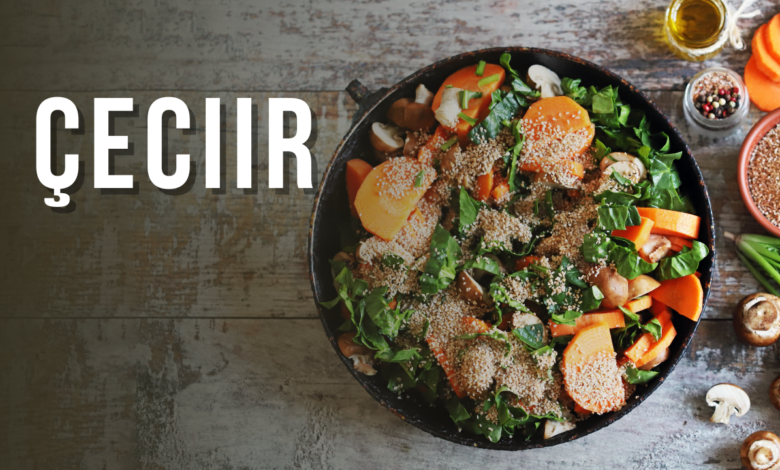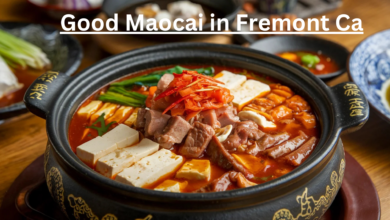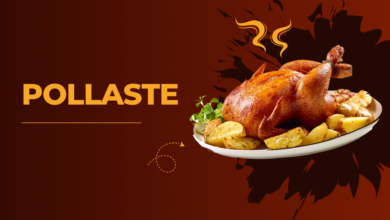The Enchanting Journey of Çeciir: A Staple of Turkish Cuisine

Introduction: A Taste of Tradition
Picture yourself experiencing a culinary journey that reflects centuries of heritage, whether it is at home with people coming together to break bread or the vibrant culture mesh that symbolizes Turkey. Welcome to the world of Çeciir, not merely a plate of food but a piece of culinary culture that embodies what it means to be Turkish and graciously welcomed into the home. This article will cover the fascinating history of Çeciir, how it evolved into a mainstay in Turkish and worldwide cuisines!
The Historical Roots of Çeciir
Ancient Beginnings and Cultural Transmission
A dish you may not hear about as often but still if we stole it from somewhere, which is actually known to all: çeciir which brings directly the chickpea in the gastronomy world; has a history tracing back all around ancient civilizations of anatolia. This is a culinary tradition that reaches back through history to times of the Byzantine and Ottoman empires. The process of cooking Çeciir (roasted chickpeas) was more than just a preparation; it was a form of preservation allowing this beneficial legume to be stored for a long time.
The Ottoman Influence and Modern-Day Relevance
In the Ottoman period which was earlier than today, Çeciir was not only food but it played socio-cultural roles in festivals or religious ceremonies where people were eating it as a result of symbolic abundance and feast. This tradition persists today, as Çeciir continues to be widely eaten for several special occasions and national celebrations, a form of snack food that similarly calls back people in Turkey to this communal view around trunk.
The Cultural Significance of Çeciir
More Than Just a Snack
Turkey: Çeciir is more than a dish in Turkish society Considered a welcome drink, being served to guests as a sign of hospitality and warmth. It’s a perfect symbol of togetherness — just a snack, but it builds merry moments which connects people to one another with the value of sharing and community.
Festive Celebrations and Everyday Life
Various types of Çeciir represent Çeciirin in Turkish weddings, Eids and holiday at all kind of stuff where food plays an important role in cultural continuity and identity preservation as well. Çeciir is sometimes casually served at takviye or as a healthy treat for the day, further emphasizing its adaptability and essential Turkish dietary pattern.
Nutritional Profile of Çeciir
A Powerhouse of Nutrients
The hero ingredient of Çeciir, chickpeas are known for their health benefits. Chickpeas are high in protein, fiber and other vitamins and minerals that help provide lasting energy and general well-being. Çeciir is mostly made by roasting which maintains those nutrients, all the while improving upon the flavor profile of chickpeas.
Benefits for Modern Diets
Çeciir is a healthy snack that doesn’t sacrifice on taste and it’s making its way into the world’s interest with the increasing global interest in plant-based diet. For the health-conscious who does not shy away from filling hearty flavors, it is a no-brainer to pivot towards with today’s dietary tides.
The Art of Making Çeciir
Traditional Methods Meet Modern Twists
Çeciir, in its traditional form, is marinated chickpeas that are roasted to a delightful crunch. It produces a deep, nutty flavor and kind of tolerates a range of seasonings—from merely salt and pepper to more exotic spices like sumac or za’atar—so these are pretty much enjoyed by everyone.
Regional Varieties and Global Adaptations
Not only this, but Çeciir in Turkey can vary from region to region with different spices or roasting methods. As Turkish communities grew all over the world, so did Çeciir, assimilating into different cultures and palates, replete with regional tastes that produced a beautiful marriage of old and new.
Conclusion: Final Thoughts
Çeciir is one of the basics that provide a simple but deep taste in Turkish culinary culture. It to roof Turkey end bookish and scenario spaces, confirmation we still a long way from—to it laceration to become entirely the white-hot flowers habit in their boil. Thus, we become part of an international conversation about cultural exchange and dialogue as we experience Çeciir together.





